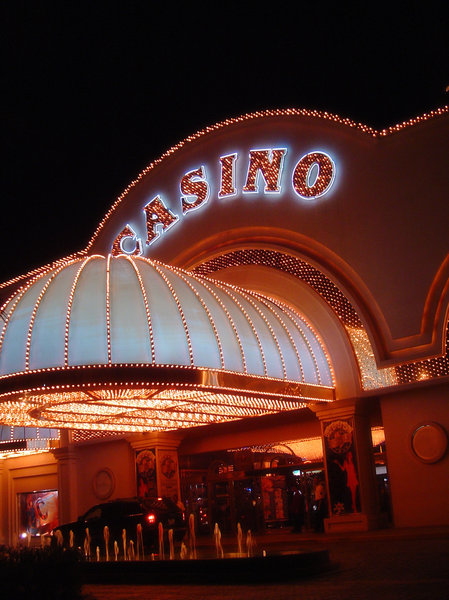Casino experiences have long captivated the human imagination, drawing players into a universe filled with luck, strategy, and the allure of thrill. Each game is meticulously crafted not just for entertainment, but also to evoke particular emotional responses that keep gamblers engaged and invested. Understanding the reasons behind these designs reveals much about how psychology plays a crucial role in the gaming experience.
From the vivid lights and vibrant sounds to the complex layering of guidelines and payoffs, casino games are designed to create an atmosphere of thrill and eagerness. Game designers leverage mental cues to influence participant behavior, whether through the use of big prizes, almost wins, or social connections. By examining these aspects, we can better appreciate how casino games fulfill not just a want for entertainment, but underlying psychological needs for thrill and hazard.
Comprehending Gamer Behavior
Casino games are engineered with a profound understanding of player psyche, which is crucial for attracting and holding players. The rush of the game, combined with the anticipation of winning, creates a formidable draw. Game designers make use of elements like audio cues, dynamic graphics, and engaging gameplay to capture attention and generate emotional responses. These sensory effects enhance the immersive experience, making players feel more attached in the game.
Another notable aspect of player behavior is the idea of risk and reward. Casino games often weigh high-risk scenarios with the potential for significant rewards, which can result in the event known as near-miss experience. When players come within reach to winning, the brain secretes dopamine, strengthening their behavior and motivating them to persist playing in quest of that fleeting win. rockstar66a.com This cycle of anticipation and frustration plays a critical role in how games are constructed and marketed.
Lastly, community aspects also play a central role in player behavior at casinos. Many games are crafted to be played in teams or alongside other players, nurturing a sense of togetherness and communal experience. The social interaction inherent in games like blackjack enhances enjoyment and can lead to prolonged gaming periods. Designers take advantage on this by designing environments that encourage players to stay, connect, and come back, making the overall casino experience more appealing.
The Role of Imagery and Sound

Visuals and audio play a significant role in elevating the gambler’s experience within gambling games. Designers utilize bright colors, striking graphics, and captivating animations to attract players’ attention and maintain their focus. The use of motifs, such as adventure or opulence, helps create an immersive atmosphere that takes players into a different world. By connecting to the senses, these elements add to a heightened emotional response, encouraging players to interact more deeply with the games.
Audio design is equally important in reinforcing the overall experience of casino games. The combination of background music, audio effects for successful combinations, and environmental noises creates an auditory landscape that holds players fascinated. Audio cues associated with wins, such as chiming bells or festive music, evoke feelings of thrill and reward, prompting players to keep playing. These sound cues are strategically placed to amplify the thrill of the game and create a more immersive experience.
Additionally, the alignment of visuals and audio is essential for supporting the game’s overall theme and mood. Each element should coordinate seamlessly to create a cohesive experience that draws players in. The effective use of this integration not only improves user enjoyment but also boosts the likelihood of repeat play, as players become more invested in the captivating world that the gambling games offer. This thoughtful combination of imagery and audio ultimately enhances player engagement and commitment.
Incentive Systems and Participation
The design of casino experiences greatly depends on reward systems to keep players involved and returning for more. These systems are based in psychological theories that take advantage of human nature and motivation. Players are often driven by the excitement of winning, which is reinforced by instant responses through the game’s design. This instant gratification not just improves the overall experience but also fosters a feeling of achievement, encouraging participants to continue participating in hopes of bigger rewards.
Casinos implement various reward structures, including large payouts, extra rewards, and multipliers, to engage players. These elements create a layer of excitement that sustains engagement. Additionally, the randomness of outcomes plays a significant role in sustaining interest. The intermittent reinforcement schedule, where wins are random but occur often enough, keeps players on edge and motivated to continue participating. This cycle of hope and expectation is foundational to the effectiveness of casino games.
Furthermore, social elements, such as competitive events and multiplayer features, boost the engagement factor by tapping into the desire to compete of players. The communal aspect of gaming with fellow participants can amplify the thrill of winning and create a sense of community within the gaming space. By integrating these social dynamics with efficient reward systems, gambling experiences not only offer entertainment but also foster a deeper connection among participants, reinforcing their commitment to the gaming experience.